Agnieszka Jastrzebska
Prolog-based agnostic explanation module for structured pattern classification
Dec 23, 2021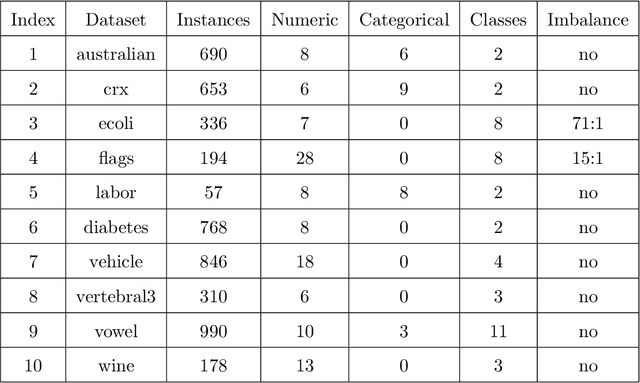
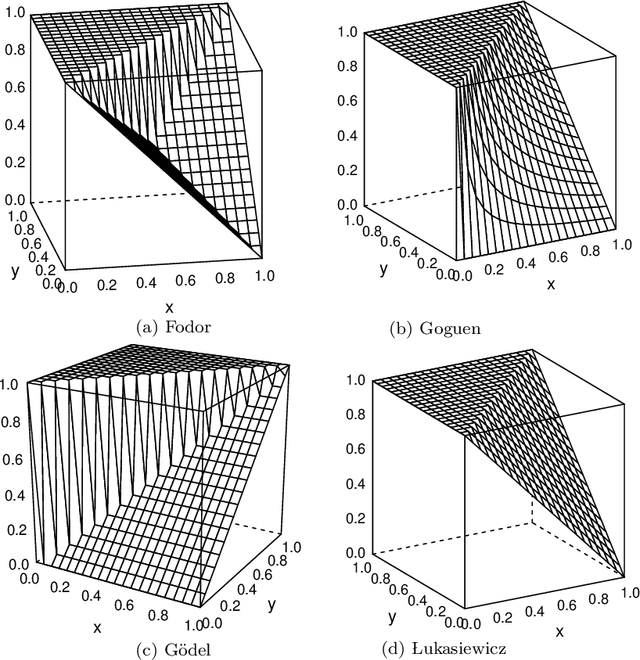


Abstract:This paper presents a Prolog-based reasoning module to generate counterfactual explanations given the predictions computed by a black-box classifier. The proposed symbolic reasoning module can also resolve what-if queries using the ground-truth labels instead of the predicted ones. Overall, our approach comprises four well-defined stages that can be applied to any structured pattern classification problem. Firstly, we pre-process the given dataset by imputing missing values and normalizing the numerical features. Secondly, we transform numerical features into symbolic ones using fuzzy clustering such that extracted fuzzy clusters are mapped to an ordered set of predefined symbols. Thirdly, we encode instances as a Prolog rule using the nominal values, the predefined symbols, the decision classes, and the confidence values. Fourthly, we compute the overall confidence of each Prolog rule using fuzzy-rough set theory to handle the uncertainty caused by transforming numerical quantities into symbols. This step comes with an additional theoretical contribution to a new similarity function to compare the previously defined Prolog rules involving confidence values. Finally, we implement a chatbot as a proxy between human beings and the Prolog-based reasoning module to resolve natural language queries and generate counterfactual explanations. During the numerical simulations using synthetic datasets, we study the performance of our system when using different fuzzy operators and similarity functions. Towards the end, we illustrate how our reasoning module works using different use cases.
Measuring Wind Turbine Health Using Drifting Concepts
Dec 09, 2021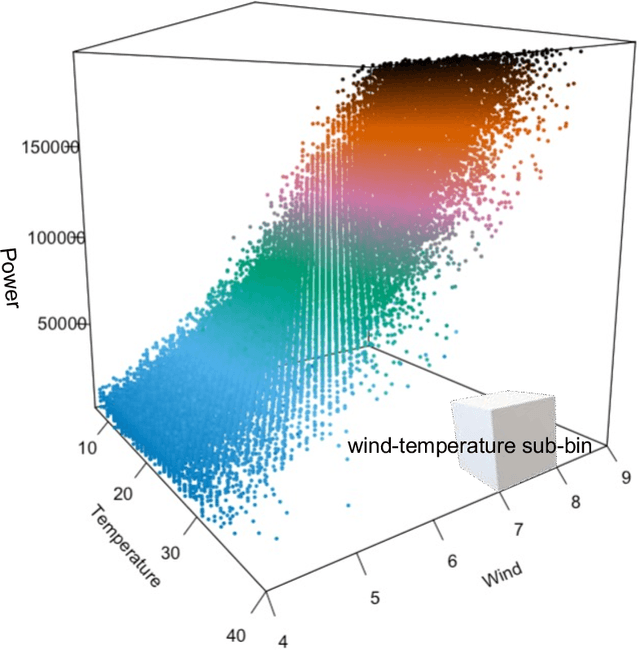
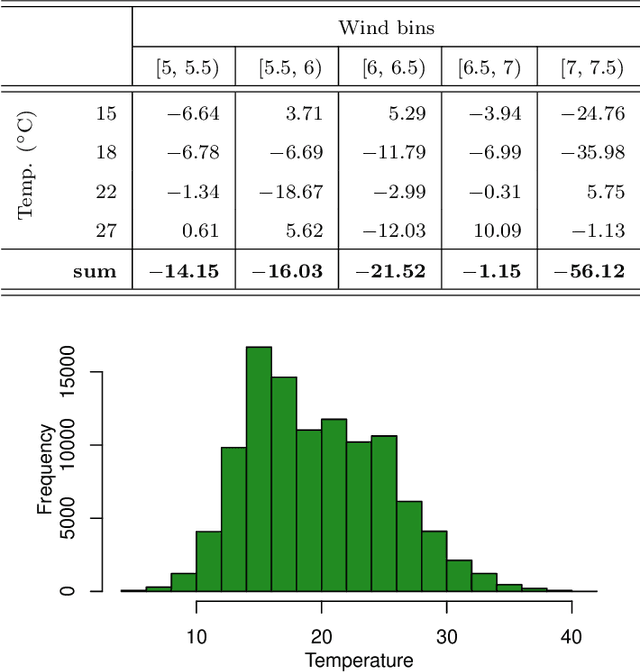
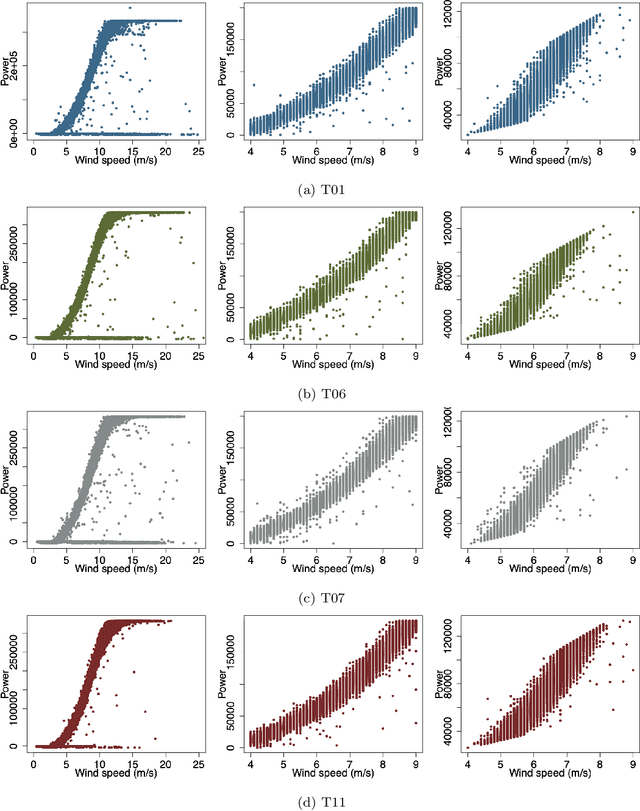
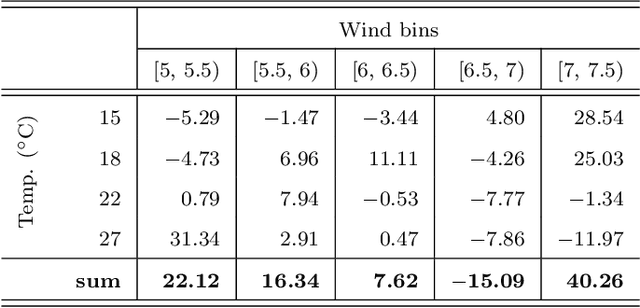
Abstract:Time series processing is an essential aspect of wind turbine health monitoring. Despite the progress in this field, there is still room for new methods to improve modeling quality. In this paper, we propose two new approaches for the analysis of wind turbine health. Both approaches are based on abstract concepts, implemented using fuzzy sets, which summarize and aggregate the underlying raw data. By observing the change in concepts, we infer about the change in the turbine's health. Analyzes are carried out separately for different external conditions (wind speed and temperature). We extract concepts that represent relative low, moderate, and high power production. The first method aims at evaluating the decrease or increase in relatively high and low power production. This task is performed using a regression-like model. The second method evaluates the overall drift of the extracted concepts. Large drift indicates that the power production process undergoes fluctuations in time. Concepts are labeled using linguistic labels, thus equipping our model with improved interpretability features. We applied the proposed approach to process publicly available data describing four wind turbines. The simulation results have shown that the aging process is not homogeneous in all wind turbines.
Online learning of windmill time series using Long Short-term Cognitive Networks
Jul 01, 2021
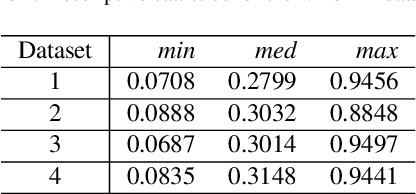

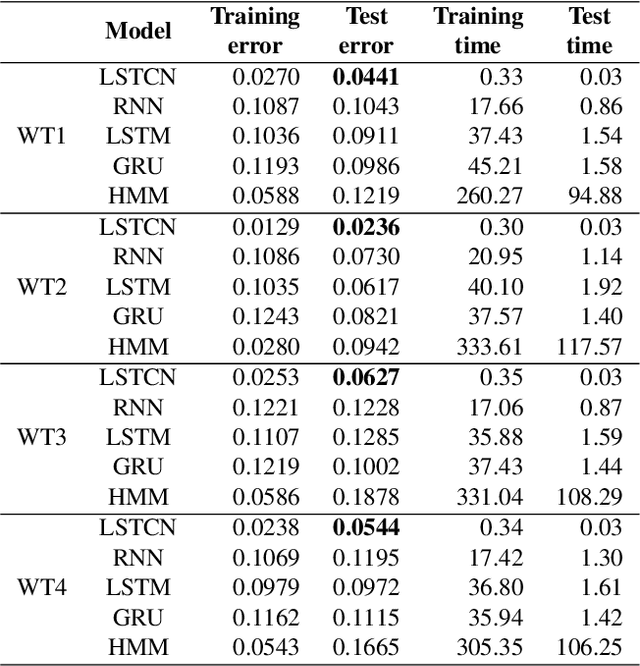
Abstract:Forecasting windmill time series is often the basis of other processes such as anomaly detection, health monitoring, or maintenance scheduling. The amount of data generated on windmill farms makes online learning the most viable strategy to follow. Such settings require retraining the model each time a new batch of data is available. However, update the model with the new information is often very expensive to perform using traditional Recurrent Neural Networks (RNNs). In this paper, we use Long Short-term Cognitive Networks (LSTCNs) to forecast windmill time series in online settings. These recently introduced neural systems consist of chained Short-term Cognitive Network blocks, each processing a temporal data chunk. The learning algorithm of these blocks is based on a very fast, deterministic learning rule that makes LSTCNs suitable for online learning tasks. The numerical simulations using a case study with four windmills showed that our approach reported the lowest forecasting errors with respect to a simple RNN, a Long Short-term Memory, a Gated Recurrent Unit, and a Hidden Markov Model. What is perhaps more important is that the LSTCN approach is significantly faster than these state-of-the-art models.
Long Short-term Cognitive Networks
Jun 30, 2021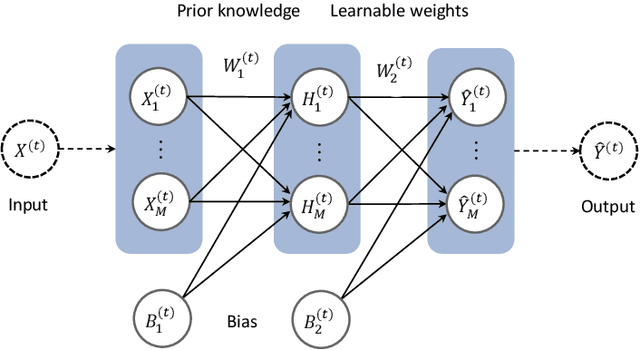
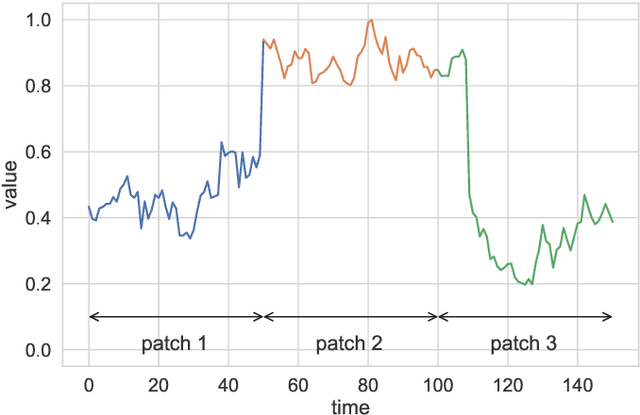
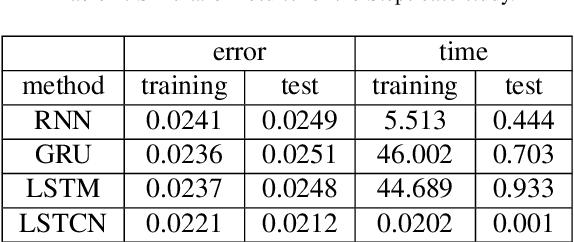
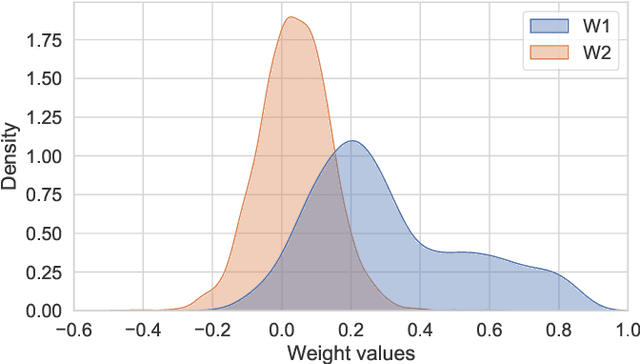
Abstract:In this paper, we present a recurrent neural system named Long Short-term Cognitive Networks (LSTCNs) as a generalisation of the Short-term Cognitive Network (STCN) model. Such a generalisation is motivated by the difficulty of forecasting very long time series in an efficient, greener fashion. The LSTCN model can be defined as a collection of STCN blocks, each processing a specific time patch of the (multivariate) time series being modelled. In this neural ensemble, each block passes information to the subsequent one in the form of a weight matrix referred to as the prior knowledge matrix. As a second contribution, we propose a deterministic learning algorithm to compute the learnable weights while preserving the prior knowledge resulting from previous learning processes. As a third contribution, we introduce a feature influence score as a proxy to explain the forecasting process in multivariate time series. The simulations using three case studies show that our neural system reports small forecasting errors while being up to thousands of times faster than state-of-the-art recurrent models.
 Add to Chrome
Add to Chrome Add to Firefox
Add to Firefox Add to Edge
Add to Edge